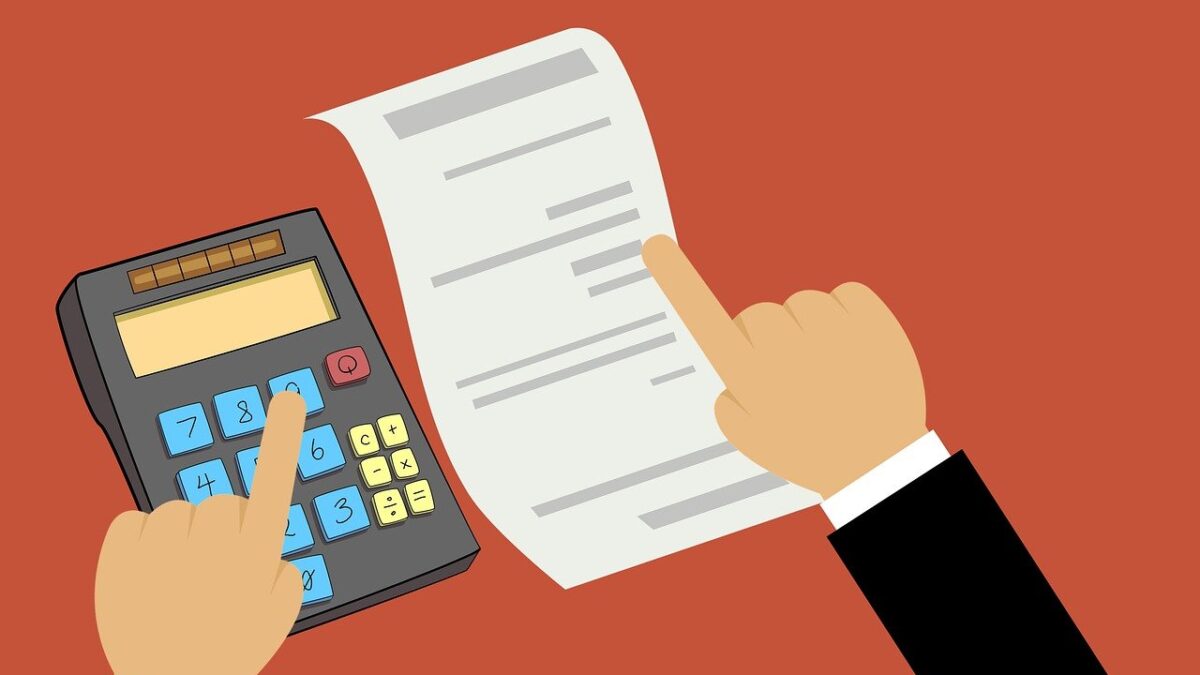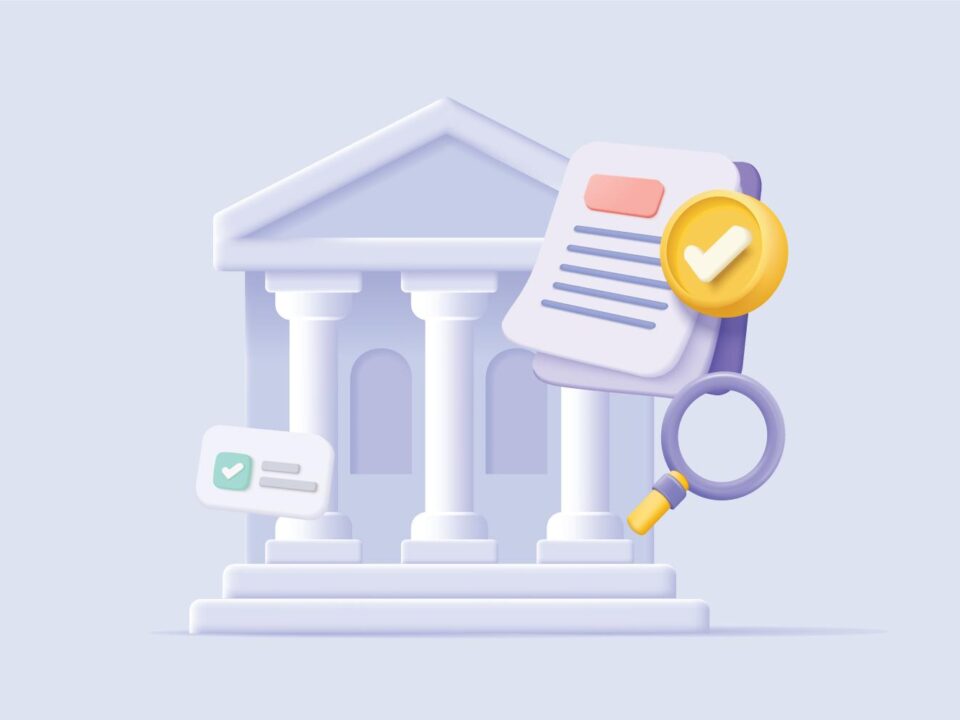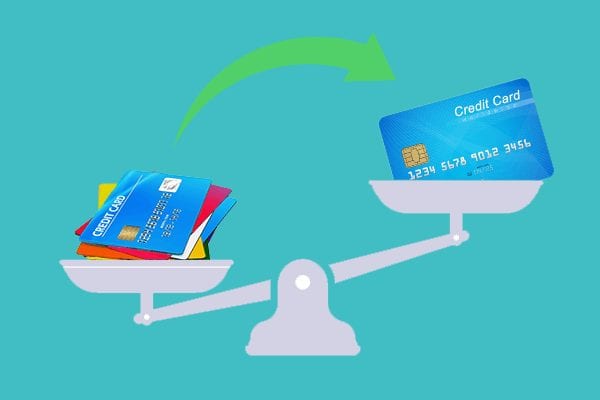Millions of Americans struggle with low credit scores, often caused by late payments, high debt levels, collections, or even simple mistakes on credit reports. A poor credit score can make it difficult to qualify for loans, rent apartments, or even get employment opportunities in certain industries. The good news is that credit repair solutions exist, and with the right approach, individuals can rebuild their credit over time.
This article provides a complete breakdown of effective credit repair solutions for Americans with low credit scores, covering practical steps, professional services, and long-term strategies.
Understanding Credit Scores
A credit score is a three-digit number, usually ranging from 300 to 850, that reflects a person’s creditworthiness. The higher the score, the lower the risk a borrower presents to lenders.
- Excellent Credit: 750–850
- Good Credit: 700–749
- Fair Credit: 650–699
- Poor Credit: 550–649
- Very Poor Credit: 300–549
Most Americans with a low score fall into the poor or very poor categories, limiting their access to favorable financial products. Understanding this score and its impact on loans, credit cards, and housing is the first step toward credit repair.
Common Causes of Low Credit Scores
- Missed or late payments on credit cards, loans, or utilities
- High credit utilization ratios (using too much of your available credit)
- Charge-offs, repossessions, foreclosures, or bankruptcies
- Unpaid medical or utility bills sent to collections
- Multiple hard inquiries from excessive credit applications
- Errors or inaccuracies on credit reports
Recognizing these causes allows individuals to target solutions that directly address their credit weaknesses.
Step-by-Step Credit Repair Solutins
Review Your Credit Report
The first step in credit repair is to obtain copies of your credit reports from Equifax, Experian, and TransUnion. Every American is entitled to one free credit report per year at AnnualCreditReport.com. Scrutinize the details for inaccuracies, outdated information, or fraudulent activity.
Dispute Errors and Inaccuracies
If your report contains mistakes—such as incorrect late payments, loans you never opened, or falsely recorded collections—you have the right to file disputes with the credit bureaus. Correcting these errors can significantly boost your score.
Pay Down Outstanding Debt
High credit card balances compared to your limits (known as credit utilization) heavily weigh down your score. Strive to keep utilization below 30%, or ideally below 10%. Paying off the highest-interest debt first (avalanche method) or smallest balances first (snowball method) are proven strategies.
Set Up Automatic Payments
Missed payments damage credit scores more than almost any other factor. Setting up automatic payments for at least the minimum due prevents late fees and negative remarks on your record.
Negotiate with Creditors
In some cases, creditors may remove negative marks if you pay or settle old debts. Known as “pay for delete,” this is not guaranteed, but some lenders agree if you request it in writing.
Build Positive Credit History
If your file lacks sufficient positive accounts, consider:
- Secured credit cards: These require a cash deposit but report to all major bureaus.
- Credit-builder loans: Small installment loans that demonstrate creditworthiness.
- Authorized user accounts: Being added to a responsible person’s credit card can help.
Avoid New Hard Inquiries
Multiple credit applications in a short time can lower your score. Apply only when necessary, and space out applications strategically.
Professional Credit Repair Services
While many people handle credit repair themselves, professional credit repair companies provide structured assistance. These companies:
- Analyze your credit reports for errors and inconsistencies.
- File disputes with bureaus and creditors on your behalf.
- Negotiate settlements and debt removal when possible.
- Provide ongoing advice and strategic planning.
Reputable credit repair companies can save time and energy, but it’s essential to avoid scams. Look for firms that comply with the Credit Repair Organizations Act (CROA) and be cautious of companies that promise overnight results.
DIY vs Professional Credit Repair
| Feature | DIY Credit Repair | Professional Credit Repair |
| Cost | Free or minimal fees | Monthly subscription ($50–$150) |
| Control | Full control over disputes and strategies | Guided by consultants |
| Speed | Can take several months to years | May expedite results with expertise |
| Effectiveness | Depends on individual effort | Higher chance of accurate dispute filing |
| Risk | Possible inexperience or overlooked errors | Potentially costly or fraudulent companies |
Government and Legal Protections
Americans repairing their credit should be aware of federal laws that protect consumer rights:
- Fair Credit Reporting Act (FCRA): Grants the right to dispute inaccurate information and ensures fair reporting practices.
- Fair Debt Collection Practices Act (FDCPA): Protects against harassment and unfair collection tactics.
- Credit Repair Organizations Act (CROA): Prohibits repair companies from making false claims or charging upfront fees.
Knowing these laws ensures consumers do not fall victim to scams or abusive practices.
Long-Term Credit Repair Strategies
Credit repair is not a quick fix—it requires consistent habits over time. Successful long-term strategies include:
- Budgeting: Creating and following a spending plan prevents additional debt accumulation.
- Emergency Funds: Having savings avoids reliance on high-interest credit cards when unexpected costs arise.
- Credit Monitoring: Regularly reviewing activity safeguards against identity theft or errors reappearing.
- Responsible Credit Use: Paying bills on time and maintaining low balances demonstrates ongoing financial responsibility.
Alternatives for People with Seriously Damaged Credit
In extreme cases, where debts are overwhelming and scores are very low, individuals may consider:
- Debt consolidation loans: Combine multiple debts into one monthly payment, often at a lower rate.
- Debt management plans: Offered by credit counseling agencies to negotiate reduced interest rates.
- Debt settlement: Negotiating with creditors to pay less than the full balance, often at the expense of further credit score damage.
- Bankruptcy: A last resort, but a legal way to wipe out most debts and receive a financial reset.
FAQs About Credit Repair
How long does credit repair take?
Improvement may begin in 1–3 months, but significant results often take 6–12 months depending on debt levels and errors disputed.
Can credit repair companies remove accurate negative information?
No. Accurate negative items remain until they naturally age off—usually 7 years for late payments and collections, and up to 10 years for bankruptcies.
Does paying off debt automatically improve a credit score?
Yes, but improvement also depends on overall utilization, payment history, and how long accounts have been open.
Is it possible to go from bad credit to good credit?
Yes. With disciplined habits, many Americans raise their scores by 100–200 points within 12–24 months.
The Importance of Patience and Discipline
Credit repair is a gradual journey. Americans dealing with low credit scores should recognize that there are no shortcuts, only consistent action. By following the steps above—correcting errors, reducing debt, building positive history, and using professional services when necessary—anyone can steadily climb toward financial freedom.
Lenders reward responsible behavior, and each month of positive action builds long-term creditworthiness. For Americans struggling with poor scores today, the solutions exist, and with persistence, a brighter financial future is entirely possible.




